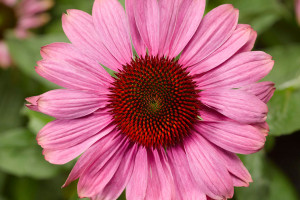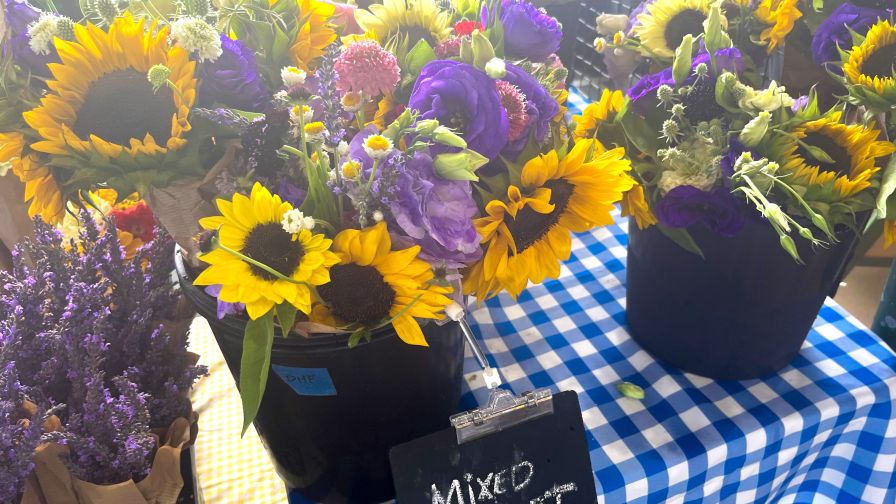New “Generations Of Flowers” Study Tracks How And Why Consumers Are Buying Flowers And Plants
 Do you know which generation of consumers has the highest appreciation of flowers and plants, and which is most likely to use a florist? How about why people don’t buy flowers? And what are the primary ways consumers want to receive floral information?
Do you know which generation of consumers has the highest appreciation of flowers and plants, and which is most likely to use a florist? How about why people don’t buy flowers? And what are the primary ways consumers want to receive floral information?
You can find the answers to these questions and many more in the newly released “2016 Generations of Flowers Study” from the Society of American Florists (SAF) and the American Floral Endowment (AFE).
SAF originally commissioned a research study in 2009 that evaluated perceptions and purchasing/gift-giving behavior regarding flowers and plants among three key generations: Generation Y, Generation X, and Baby Boomers.
This year, SAF and AFE worked in partnership to update the 2009 study. Funding for the project was provided by the Floral Marketing Research Fund.
The specific research objectives of the study included:
• Measure appreciation and knowledge of flowers
• Determine flower purchase behavior for self and gift-giving
• Understand purchase behavior and drivers by channel
• Evaluate gift-giving occasions and the emotional component of giving/receiving flowers
• Understand the relative importance of buying local in the overall purchase decision
• Measure similarities and differences between generational segments
• Evaluate trends when compared to the 2009 research
The results of the 2016 Generations of Flowers Study are now available, including the following elements:
• An executive summary
• A full study analysis that includes the executive summary
• An article from the May issue of Floral Management magazine for further analysis of the study results
• SAF and AFE will also be presenting a webinar for SAF members on June 29.
The study provides key insights for the floral industry on how consumers perceive flowers and plants, and practical advice on how to communicate effectively to specific target audiences.
For additional information on plant buying preferences, particularly among younger consumers, be sure to keep up with research and analysis from the 10% Project.










